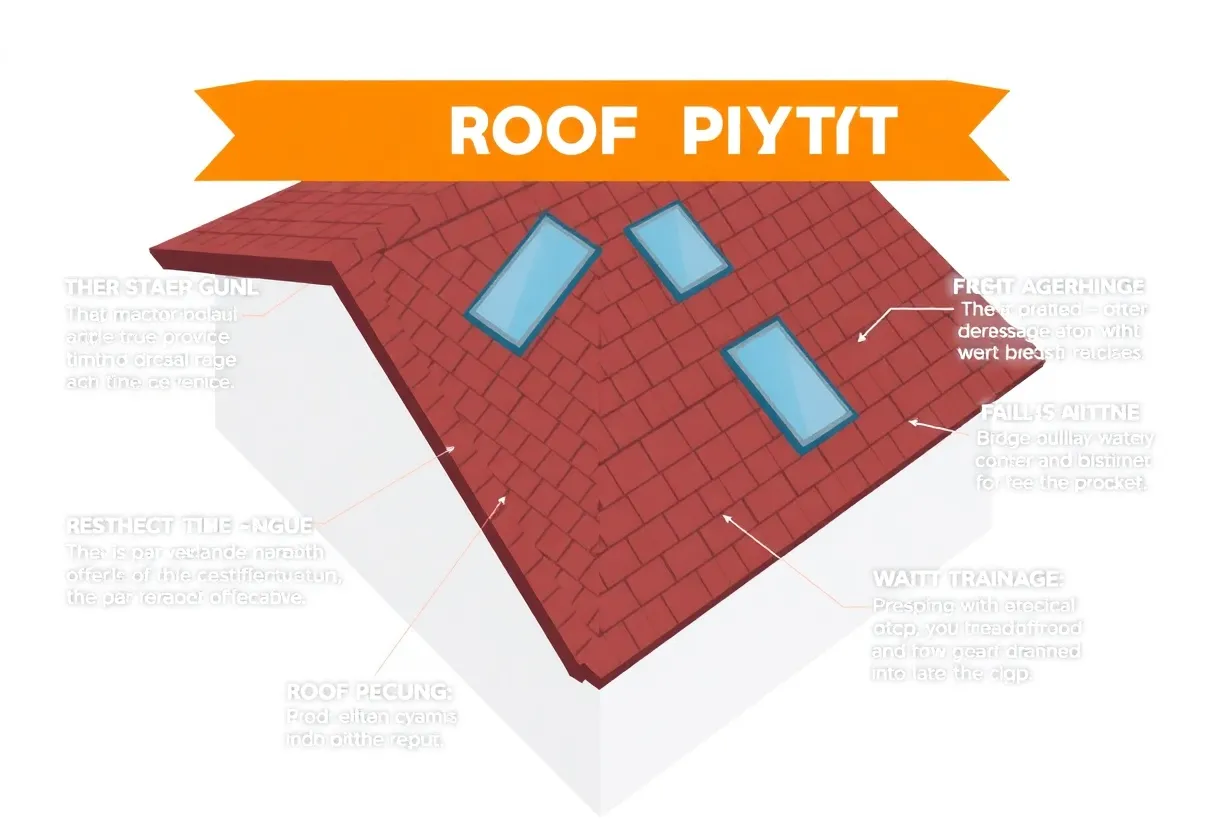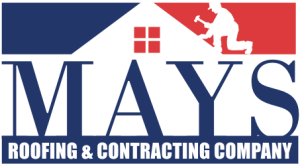How to Calculate the Optimal Roof Pitch for Your Home: Essential Tips for Homeowners
Choosing the right roof pitch is fundamental for a variety of reasons, including aesthetics, structural integrity, water drainage, and energy efficiency. Understanding how to calculate the optimal pitch for your home minimizes potential issues down the line. This article provides essential tips on determining the roof pitch that best suits your residential needs.
Understanding Roof Pitch
Roof pitch refers to the angle or slope of a roof. It is usually expressed as a ratio, indicating the vertical rise versus horizontal run. For instance, a roof pitch of 4:12 means that for every 12 horizontal inches, the roof rises 4 inches.
Importance of Roof Pitch
The roof pitch is crucial for various reasons:
- Water Drainage: A steeper roof allows for efficient water runoff, reducing the risk of water pooling and potential leaks.
- Snow Load: In areas that experience heavy snowfall, a higher pitch helps prevent snow accumulation, thus avoiding added weight on the structure.
- Ventilation: Certain pitches facilitate better air circulation, enhancing indoor climate control.
- Aesthetics: The angle of the roof often contributes significantly to the overall style of the home.
Factors Influencing Roof Pitch Selection
Several factors play a pivotal role in determining the optimal roof pitch for your home:
1. Climate
Your local weather conditions heavily influence the design choice:
- Rainfall: Regions with high rainfall benefit from steeper roofs, which aid in water runoff.
- Snow: Homes in snowy climates require a sufficient pitch to prevent snow from accumulating on the roof.
- Wind: Areas prone to high winds may require a lower pitch to enhance stability.
2. Building Codes
It is essential to comply with local building codes and zoning laws. Many municipalities impose specific requirements for roof pitch based on the area.
3. Aesthetic Preferences
The architectural style of your home can dictate the best pitch. Traditional styles like Victorian might require steeper angles, while modern designs may lean towards lower pitches.
4. Materials
The roofing materials selected can determine the optimal pitch as well:
- Asphalt shingles: Generally work well on pitches from 4:12 to 12:12.
- Metal roofing: Can be used on steeper pitches, often down to 2:12.
- Tile roofs: Typically require a pitch of at least 4:12 due to their weight and installation style.
How to Calculate Roof Pitch
Calculating roof pitch is relatively straightforward.
Measuring the Roof
1. Measure the vertical rise from the top of the roof to the horizontal base using a level. This measurement is the rise.
2. Measure the horizontal distance from the peak to the overhang using a tape measure. This distance will be the run.
Calculating the Pitch
Once you have both measurements, the pitch can be calculated:
- Divide the rise by the run.
- Convert this ratio to a fractional format and simplify.
Example Calculation
If a roof rises 6 inches for every 12 inches of run:
- Rise = 6
- Run = 12
The pitch is 6:12 or, simplified, 1:2.
Choosing the Right Roof Pitch for Your Home
With all factors considered, selecting the best pitch will involve weighing multiple elements:
Consult Professionals
Before finalizing a decision on pitch, consult with architects or roofing professionals. They can provide insights tailored to your specific situation, ensuring your choice aligns with structural safety and aesthetic goals.
Utilize Technology
Architectural planning software can illustrate how various pitches will impact your home. This can be beneficial for visualizing styles and functional aspects.
Consider Long-Term Longevity and Maintenance
Two different pitches may seem similar, yet one may require more frequent repairs. A steeper roof often sheds debris and snow more effectively, leading to less wear over time.
Conclusion
Determining the optimal roof pitch for your home involves various considerations, including climate, building codes, aesthetic preferences, and material choices. By understanding the fundamentals, measuring accurately, and consulting professionals, homeowners can select a roof pitch that ensures both functionality and style. Making an informed decision will not only enhance the aesthetics but also contribute to the long-term durability and efficiency of your home.
Author: HERE Greenwood
The GREENWOOD STAFF WRITER represents the experienced team at HEREGreenwood.com, your go-to source for actionable local news and information in Greenwood, Greenwood County, and beyond. Specializing in "news you can use," we cover essential topics like product reviews for personal and business needs, local business directories, politics, real estate trends, neighborhood insights, and state news affecting the area—with deep expertise drawn from years of dedicated reporting and strong community input, including local press releases and business updates. We deliver top reporting on high-value events such as the Festival of Flowers, Greenwood Community Theatre performances, and agricultural showcases at the Greenwood County Fairgrounds. Our coverage extends to key organizations like the Greenwood Chamber of Commerce and the Greater Greenwood United Ministry, plus leading businesses in manufacturing and healthcare that power the local economy such as FujiFilm Manufacturing and Self Regional Healthcare. As part of the broader HERE network, including HERECharleston.com, HEREColumbia.com, HEREGreenville.com, and HEREHiltonHead.com, we provide comprehensive, credible insights into South Carolina's dynamic landscape.




 Mays Contracting
Mays Contracting

